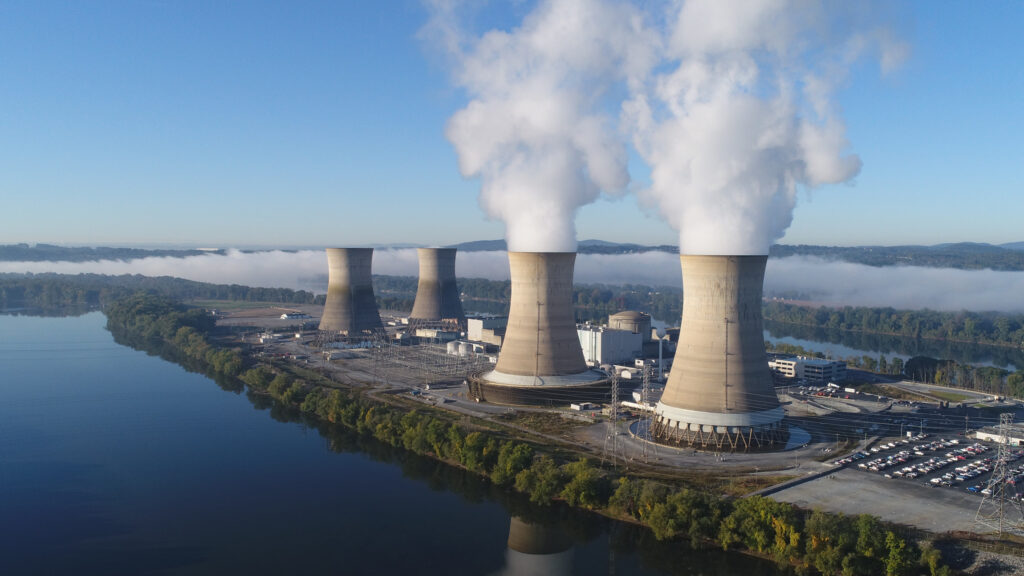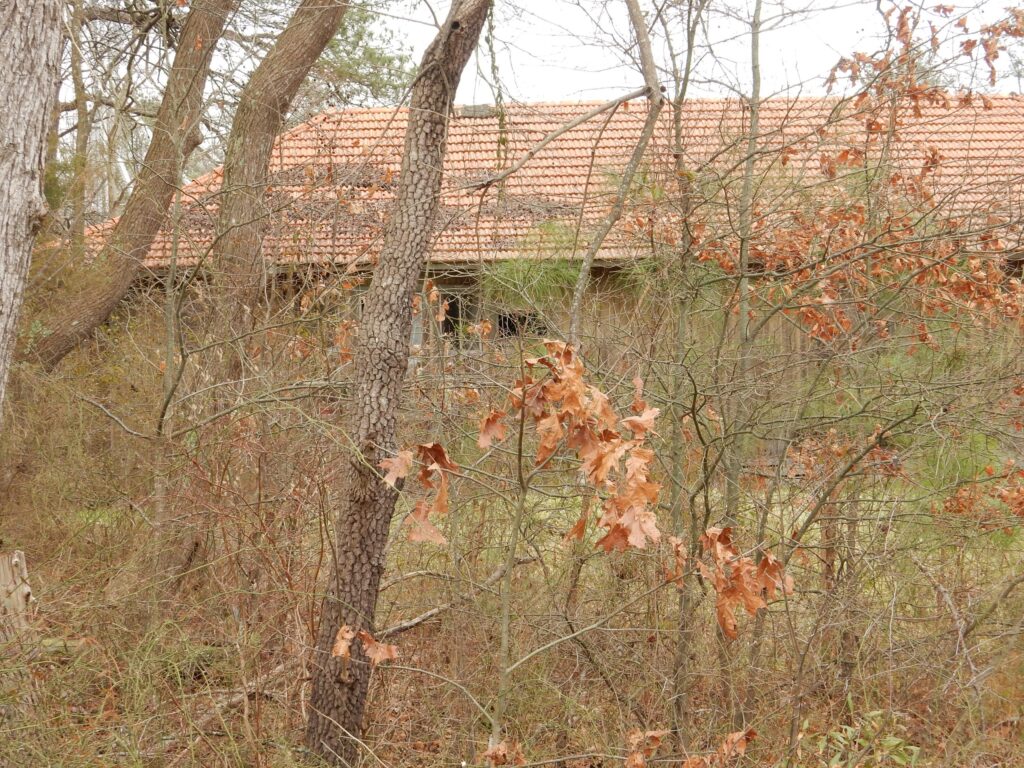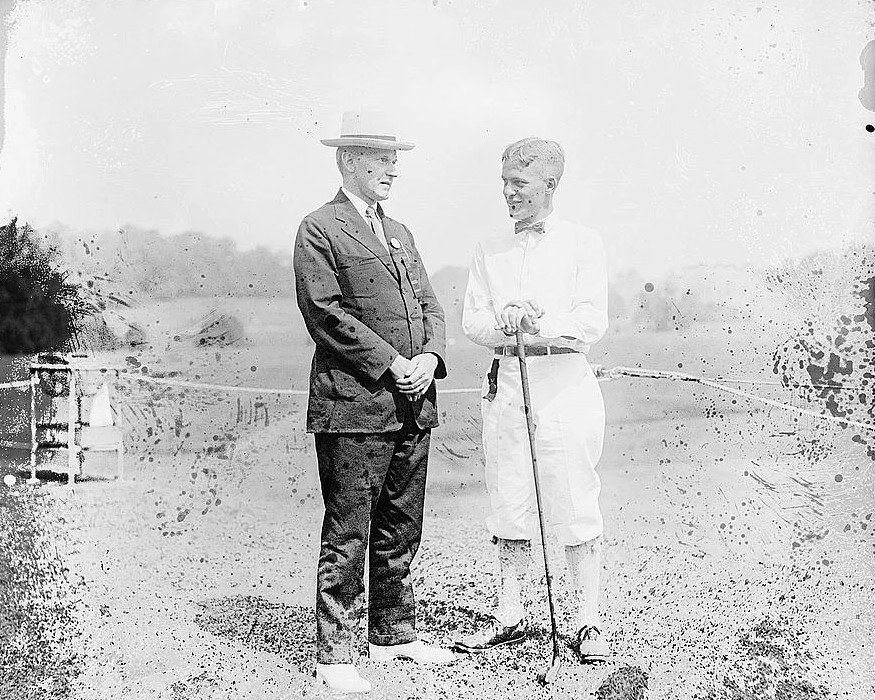(I have used Chernobyl in this article because most people are familiar with this name and because the Chernobyl reactor was constructed by the Russians. It is the Russian spelling. In Ukrainain, it is Chornobyl.)
Nuclear accidents.
In 1979, I flew to Harrisburg, Pennsylvania. During the flight, the plane flew close to Three Mile Island: a perfect view. The two reactors on the island sat dormant. One of the Three Mile Island (TMI) nuclear reactors (Unit 2) had malfunctioned a few months prior to my flight. Radioactive material was released; this was a bad situation. However, people and property were not exposed to a significant dose of radiation. It could have been much worse except for the fortified containment dome. (Unit 1 was restarted but eventually shut down because it was not economically viable. Unit 2 was never restarted. For a history of TMI, see the Nuclear Regulatory Commission report.)
For several years before the accident, I examined a wide array of energy-producing techniques, including shale to produce oil, ocean wave movement to generate electricity offshore, and nuclear power. Part of my work on nuclear energy power production focused on the liability exposure presented by nuclear reactors and the problem of disposing of nuclear waste. I knew these problems could be handled, but I also was sure that a significant accident would dampen public interest in atomic energy development. Three Mile Island was that accident. I was right, but my insight was short-sighted. I did not consider that there could be another nuclear power plant malfunction, like the Chernobyl accident in 1986 in Ukraine. Nor did I understand how the "green" movement would turn the United States toward solar, wind, and other green initiatives and away from nuclear. As a result of these events, dramatically increasing construction costs, and a difficult permitting process to build a new nuclear plant, new nuclear power plant applications are non-existent. In addition, some prior plant application approvals have been withdrawn by the applicants. (See Nuclear Regulatory Commission.) However, the Nuclear Regulatory Commission has approved numerous uprates. (An uprate is an increase in the power produced by an existing plant. See the Nuclear Regulatory Commission.) Before anyone does a post-mortem on the development of new nuclear energy power production, they need to consider the current state of the energy environment and technology.
Causes of accidents.
Design. Let's consider the causes of the TMI and Chernobyl accidents. (I will avoid technicalities since I am not an engineer.) At TMI, a system failure resulted in a partial melt-down and a stuck valve permitted radioactive gases and iodine to be leaked into the environment. Using the International Nuclear and Radiological Event Scale, the accident was rated as a five; this is defined as an "accident with wider consequences."
Chernobyl was the result of mechanical and design failures. At Chernobyl there was no fortified container dome. Thus, when the reactor had a significant meltdown, there was nothing to keep the radioactive material from spreading. Chernobyl also was designed to use graphite as the moderation material. Graphite was not the optimum choice, but the engineers used it to make construction more manageable and to permit the use of natural uranium, not enriched uranium. Finally, the control rods were not correctly designed, so the ability to dampen the radioactive reaction was minimized. (The TMI reactors did not have these design weaknesses.)
Simply put, the Chernobyl reactor got too hot. The result was a radiological event rated a seven, which is classified as a "major accident." Since the scale is logarithmic, this means that the Chernobyl accident was at least a hundred times worse than the TMI accident.
These two events provide guidance about the safety of nuclear power. Engineers did a poor job of designing Chernobyl, and the outcome was horrendous. The TMI event was not good, but the design of the reactors kept it from being a significant threat. Today, technology is even better, so the chances of another TMI event could be reduced with the use of new designs.
Human error. There is a second aspect of the accidents to consider. While both the TMI and Chernobyl accidents were the results of design and mechanical failure, the damages in both cases were exacerbated by human error. These errors were the result of inadequate training and/or a failure to act appropriately when a crisis occurred. This is a fixable problem. It's fixable in two ways. One is to better train operators. In the Chernobyl accident, the operator was young and relatively inexperienced. The second fix is to use Artificial Intelligence (AI) to handle crises. AI does not get fearful, worry about optics, suffer from the effects of radiation, or become concerned about what the boss will think.
New nuclear approach.
Another event may enhance the willingness of the public to accept nuclear reactor operations. Scientists have been working to develop fusion to generate electricity. The federal government has put significant resources into developing fusion energy production. While there is not a commercially viable design, when one is developed, reactors will be able to produce energy more efficiently and probably less expensively. Everyone likes lower costs. (For a layman's discussion of fusion and fission, click this governmental link.)
Less Green.
I would never claim global warming is not a problem; however, sometimes, the solution to alleviate a problem can itself be problematic. Two examples come to mind.
The development of solar panels has been strongly encouraged. As I drive from my home in Florida to Atlanta, I pass solar panel farms: acres upon acres. After one of my trips, I wondered if the panels lasted very long. If not, where do they go?
Their life span varies depending on the type of panel; 20 years is probably a good average estimate. As you might expect, where the waste will go is not clear. The final resting place will be determined in part by the design of the panels; some have more heavy metals, which can be very toxic. The federal government has estimated that by 2050, there will be 10 million tons of solar panel waste. (It should be noted that solar panels are fragile. After a recent hurricane, a significant number of panels were damaged or destroyed, and the panels are subject to hail damage. So, the 20-year average lifespan may be optimistic. Additionally, solar panels' ability to produce power declines as the panels age.)
At some point, this waste problem will be compounded by the demise of wind turbines. Those turbines in salt water will be susceptible to corrosion and will eventually have to be removed. Additionally, wind turbines are subject to damage if the temperature drops too low. As Texas learned several years ago, wind turbines can freeze up and not provide power during a cold spell when it is most needed. In light of the waste and technical problems presented by these "green solutions," nuclear energy production may become more desirable.
Energy demands.
The last thing to consider is the growing demand for electricity. There are two areas where demand for power will grow dramatically.
As the country and the world move toward the increased use of electric vehicles (EVs), the demand for electricity will significantly increase. Part of the reduction in the need for gasoline for automobiles is offset by the need for electricity to charge EVs. This demand will be joined by the increased demand for electricity to run AI.
AI requires a massive amount of electric power, and companies that focus on AI are scrambling to obtain access to power. Running digital currency platforms has already shown the public the tremendous drain on power that can occur. (See power consumption for data centers.)
In Salt Lake City, the data center industry says there is a moratorium on larger projects, with the market closed to new businesses. Utility PacifiCorp says "significant levels of transmission and generation" could be needed for the larger projects, and it is evaluating requests while avoiding spreading costs to other customers.
And,
Microsoft just signed a deal to revive the shuttered Three Mile Island nuclear power plant. If approved by regulators, the software maker would have exclusive rights to 100 percent of the output for its AI data center needs.
Constellation, the owner of the Three Mile Island plant, announced a power agreement with Microsoft….which should see the site coming back online in 2028, assuming regulators approve it.
Ironically, Unit 1 at TMI may again be providing electricity.
Future.
A reporter wrote to Mark Twain and asked if the rumors he was dying were true. Mr. Twain responded by letter, "The report of my death was an exaggeration." Nuclear power production may appear to be moribund. Still, with improved construction techniques, new nuclear technology, the negatives associated with some green alternatives, growing demand for energy to run AI and EVs, the increasing attack on the use of coal to produce electricity by environmental groups like the Sierra Club, and the potential for AI to operate nuclear plants rather than people, the report that nuclear power generation is dying may be an exaggeration. However, it takes a long time to build a nuclear power plant. If we are going to meet the increasing demand for electricity, we need to look to building new plants soon, assuming nuclear power is the new green solution. However, building large power plants may not be required. Smaller modular nuclear operations may offer a major alternative to large power plants. Amazon and Google are researching this approach.
Perhaps scientists will find new, cleaner ways to generate electricity, a technique we have not even considered. This would be ideal, but if an alternative is not found, I doubt that we will have significant protests if nuclear energy is revived. After all, no one wants to give up their Amazon Prime, Google search engine, or cloud storage like that offered by Microsoft. It seems likely that necessity will overcome complaints about nuclear energy.
Picture by Constellation Energy.
If you have not read the blog that describes the "However View," click here.





